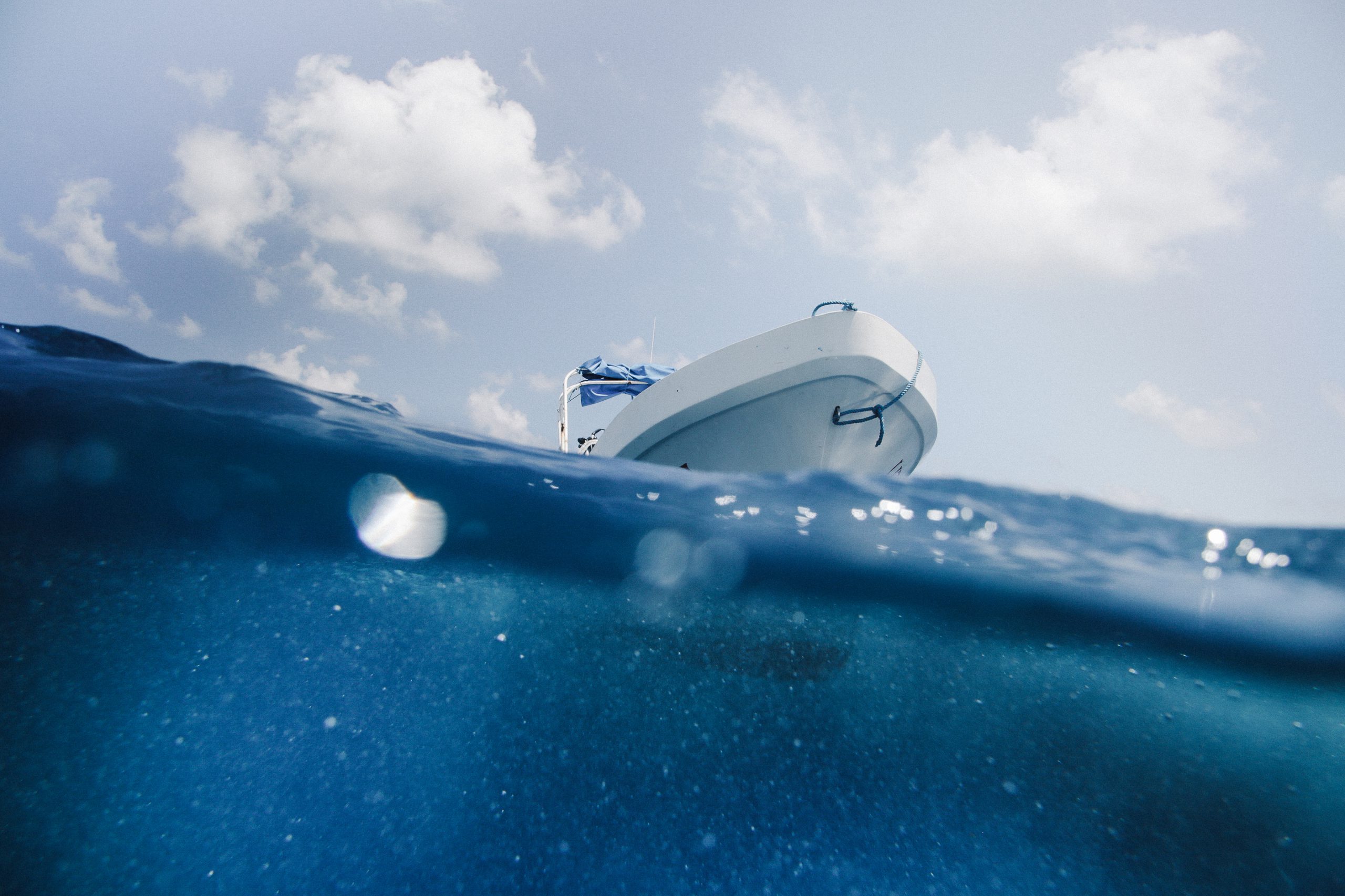Why the safety stop in scuba diving is non-negotiable
Takata Experience | June 2025
Every scuba diver, from beginner to professional, learns early on about the importance of the safety stop in scuba diving. It’s not just a recommendation: it’s a core habit that keeps divers safe, healthy, and mindful. Understanding why a safety stop is necessary can help you dive smarter, safer, and with more confidence.
Here’s what every diver should know about safety stops:
What is a safety stop?
A safety stop is a pause during your ascent, typically at 5 meters (15 feet) for 3 minutes.
It allows your body to release excess nitrogen accumulated during the dive, reducing the risk of decompression sickness (DCS).
Even though recreational dives are planned to stay within “no-decompression limits,” a safety stop adds an extra layer of protection.
Why is a safety stop non-negotiable?
- Reduces the risk of decompression sickness
During a dive, nitrogen dissolves into your bloodstream and tissues under pressure.
Ascending too quickly can cause nitrogen bubbles to form in your body — leading to decompression sickness, also known as “the bends.”
A safety stop gives your body time to slowly off-gas nitrogen before surfacing.
- Adds a margin of safety, even on shallow dives
Even if your dive was shallow or short, a safety stop is still a smart practice.
Unexpected factors like multi-day diving, repetitive dives, or physical exertion can slightly increase your nitrogen load.
Making a 3-minute stop becomes a habit that adds an extra safety cushion every time you dive.
- Allows you to check your surroundings and equipment
The safety stop is not just about physiology — it’s also a perfect time to:
- Check your remaining air.
- Review your ascent route.
- Signal to your buddy.
- Enjoy the view of the reef or marine life at a relaxed pace.
It reinforces good habits that make you a more mindful and attentive diver.
How to perform a perfect safety stop
- Begin your ascent early enough to reach 5 meters with plenty of air remaining.
- Use your buoyancy control device (BCD) carefully to maintain a stable depth.
- Watch your dive computer or depth gauge to time 3 full minutes at 5 meters.
- Stay horizontal, relax your breathing, and remain close to your buddy.
If conditions make it difficult to maintain a 5-meter stop (strong currents, surface conditions), try your best. But remember, a slow, controlled ascent is always more important than risking instability.
Safety stops are taught from your very first course to become a scuba diver, the Open Water Course. Check it out here ⬇︎
Takata Experience and our focus on safe diving
At Takata Experience, we emphasize safe diving practices from your very first course.
Whether you’re taking your Open Water certification, advancing your skills in Advanced Open Water, or preparing for professional training, safety stops are an essential part of every dive we teach.
By developing good habits early, like never skipping your safety stop, you’re investing in a lifetime of safe, enjoyable diving adventures.
Ready to dive with confidence?
Learn more about our beginner and advanced dive courses in Mahahual and discover how we combine world-class instruction with a commitment to safe, eco-conscious diving.







